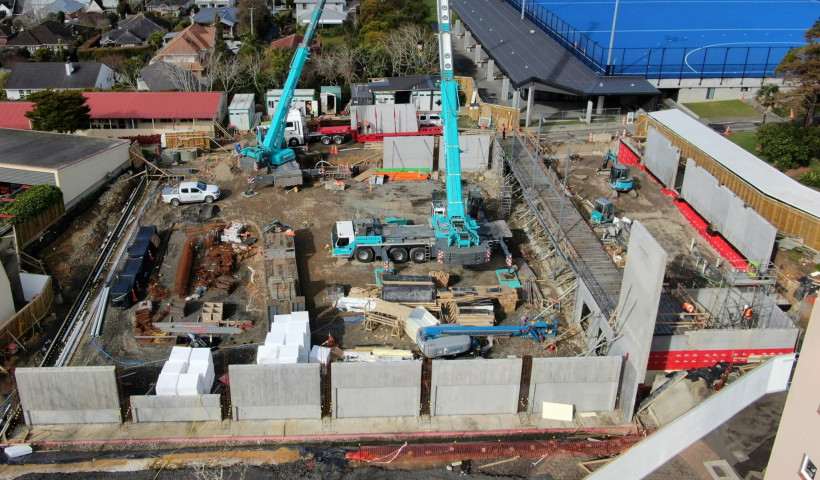
Myth 1: Bentonite Dries Out
This one is perhaps the most misunderstood of all. Firstly, 'dry' bentonite has a 25% moisture content — it's actually very hard to dry bentonite out. So hard in fact, that it took BRANZ over three whole days (using an industrial oven set at over 200°C) to remove the moisture from a hydrated sample of Volclay Bentonite and return it to a granular state.
Interestingly, bentonite can be re-hydrated and dried an infinite number of times without losing its original swelling capacity. It can similarly be frozen and thawed repeatedly without losing its ability to swell.
For more information, please read over Volclay's Branz appraisal.
Myth 2: Bentonite Cracks
The sodium bentonite that makes up the Volclay system is over 100 million years old. Sodium bentonite is most widely known for its ability to swell. It can absorb up to five times its weight in water and at full saturation may occupy a volume 12 to 15 times its dry bulk. When bentonite absorbs water it takes on a gel-like consistency which is resistant to fracturing or cracking. When installed correctly, the sodium bentonite will form a watertight barrier for the life time of the structure.
A common misconception is that bentonite is prone to drying out. There are two important aspects to consider in the wet / dry cycle of bentonite. Firstly, bentonite creates a strong suction force that will in most situations prevent it from losing water once it hydrates. Secondly, any water that could theoretically be lost through evaporation will be quickly regained through absorption from a sub-grade or saturated zone in an attempt to achieve equilibrium conditions.
To receive further information from Allco Waterproofing Solutions as they continue to debunk other myths within the industry, sign up for Allco's newsletter.













 New Products
New Products















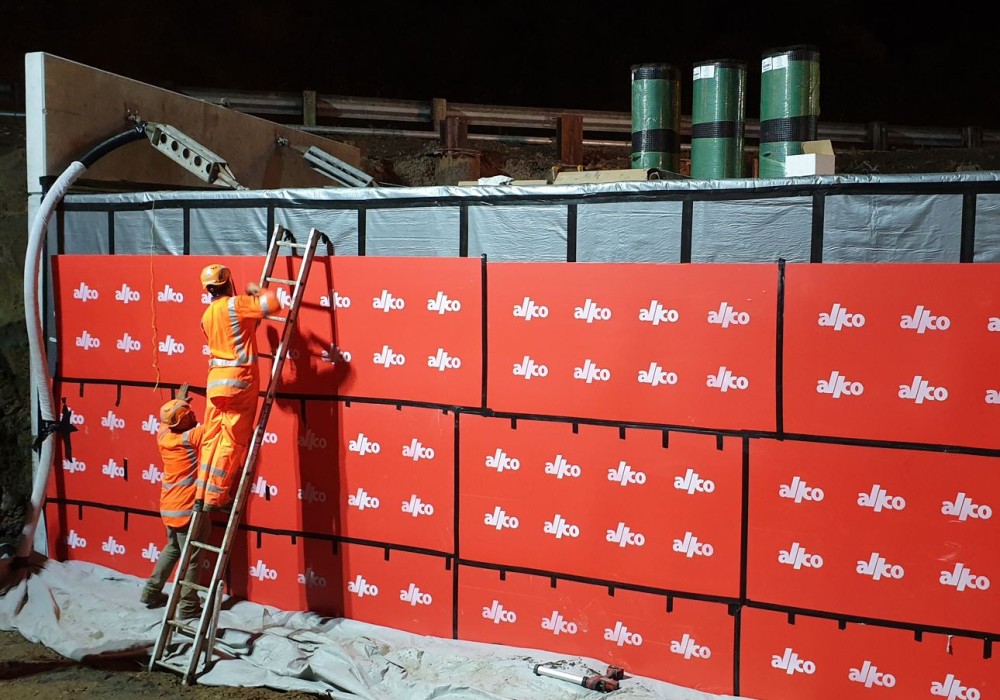
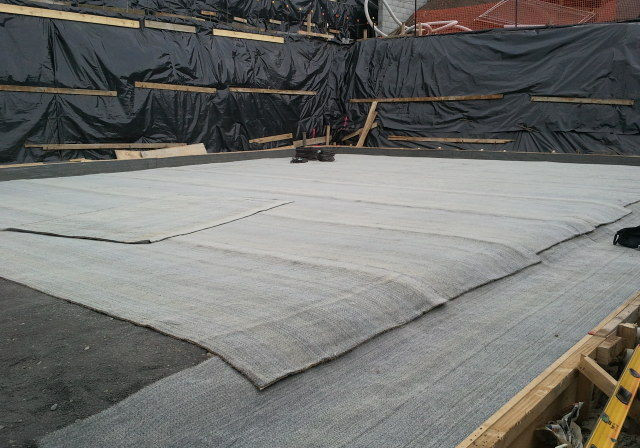

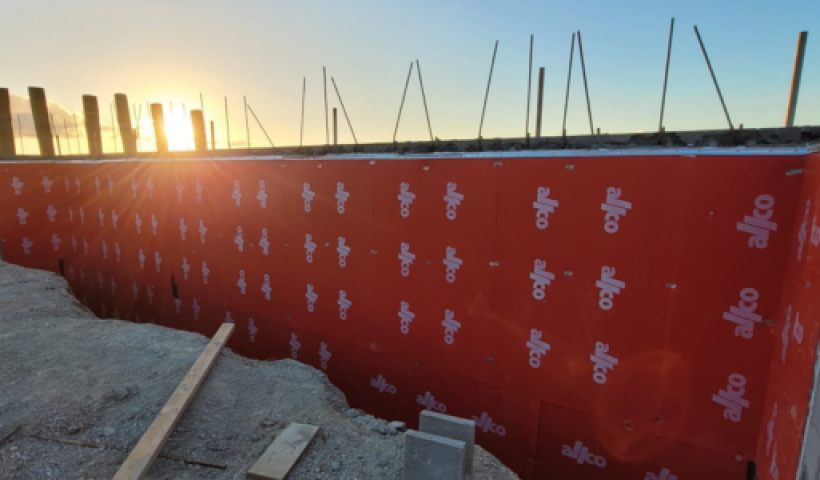
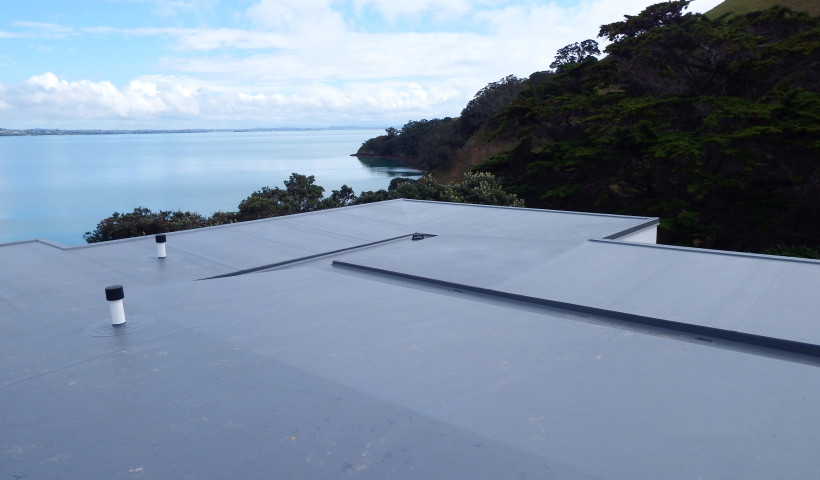
 Popular Products from Allco Waterproofing Solutions
Popular Products from Allco Waterproofing Solutions


 Posts by Allco Technical
Posts by Allco Technical
 Most Popular
Most Popular



